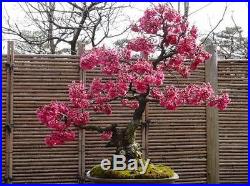
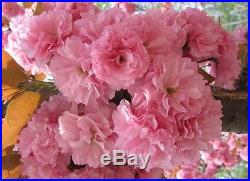
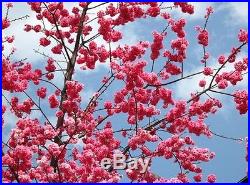

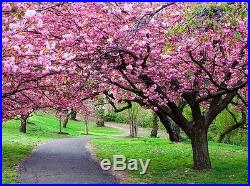

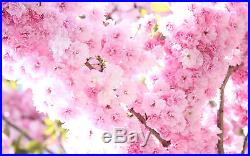
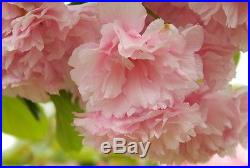

This listing is for. 20 japanese sakura seeds, bonsai flower pink cloud. Prunus serrulata cherry blossoms. Japanese flowering cherry, oriental cherry, hill. Cherry, east asian cherry. 5 to 8. Small deciduous flowering. White to pink flower/fruit. Prunus serrulata is a small deciduous tree with a short single trunk, with a dense spreading crown reaching a height of 15 to 25 feet, spread: 15 to. Sun to part shade. Flowering in full sun. Best grown in moist, fertile, well-drained loams in full sun to. Prune after flowering in. Bonsai, specimen or group. Sowing prunus serrulata seeds. Flowering cherry seed need a warm spell then a cold spell in order to mature. The embryo and reduce the seed coat. Warm 30-60 days, cold. 90-120 days, 40 degrees f. Pictures shown are for your reference only. Crack away at the seed’s outer skin. Let water get in. Place the the water and let them soak for one or two days. Seeds from the water and dry them off. Place in a plastic baggie. Damp sand or damp paper towel. Too wet and seal then put in the refrigerator for at least two months. Seeds out of the refrigerator and place in growing trays or pot, filled with. Cover lightly with the soil mixture and dampen. When remove the bag. Or container from the refrigerator. Not break the seal. Until it (and its living contents) have. This may take several hours. The package too quickly may result in water condensing on the cold seeds, and. This will reduce your chances of success. Over the tray or pot to create a greenhouse effect. Poke a few holes in the. Plastic for air circulation. Room and indirect sunlight. The seeds should naturally germination in 2-8. Make sure the soil is remains moist, but not dripping wet. Flowering cherry, prunus serrulata, tree seeds. Or japanese cherry; also called hill cherry, oriental. Cherry or east asian cherry, is a species of. It is known for its spring. Fast growth, fragrant flowers, fall colors, edible fruits, attracts. Birds, wildlife food/shelter, cold tolerant, bonsai. Serrulata or japanese cherry is a species of cherry, native to japan, korea and. It is a small deciduous tree with a short single trunk and dense crown. Reaching a height of about 15 to 25 feet tall. The smooth bark is. Chestnut-brown, with prominent horizontal lenticels. The leaves are arranged. Alternately, simple, ovate to lanceolate, 5 inches long with a short petiole. And a serrate or doubly serrate margin. At the end of autumn, the green leaves. Turn yellow, red or crimson. The flowers are produced in racemose clusters of. Two to five together at nodes on short spurs in spring at the same time as the. Flowers come in single, semi-double or double form and fragrant or non-fragrant. The fruit is a globose black pea-sized drupe. Appearing in late summer. Japanese flowering cherry tree, which only blooms for a very short time in the. Tree on which god. Sitsand symbolizes spring, life and beauty. The japanese consider these. The cherry blossom came to japanese when a japanese goddess. Named konohanasakuyahime planted one atop mt. In 1912, tokyo gave many such trees as a gift to the united states. We can find many of. These trees around the jefferson memorial in washington d. Where an annual. Cherry blossom festival is held every year since 1935. After world war ii, many. Of the trees in japan began to die so we donated pieces of our trees to help. Save the population in japan. Sowing prunus serrulata seeds: japanese flowering cherry seed need a warm spell. Then a cold spell in order to mature the embryo and reduce the seed coat. Scarify: soak 24 hours stratify: warm 30-60 days, cold 90-120 days, 40 degrees. F germination: sow 1/2 deep. Japanese cherry trees are beautiful trees covered with white and pink spring. Prunus serrulata is hardiness. Serrulata is a small deciduous tree with. A short single trunk, with a dense crown. Reaching a height of 15-25 feet, spread: 15 to 25 feet. Prunus serrulata is fast. Blossoms are some of the most beautiful flowers plant, coming in bright colors. The cherry blossom tree in full bloom, during the arrival of spring, is one of. The most beautiful sights to behold. Cherry blossom is so popular that festivals are celebrated in its. Celebrated in the months of march and april. The leaves are arranged alternately, simple, ovate-lanceolate, 5-13 cm long and 2.5-6.5 cm broad, with a short petiole and a. Serrate or doubly serrate margin. D of autumn, the green leaves turn yellow, red. The flowers are produced in racemose clusters of two to five. Together at nodes on short spurs in spring at the same time as the new leaves. They are white to pink, with five petals in the wild type tree. The fruit is a globose black drupe 8-10 mm diameter. Po boxes, apo/fpo, or us territories may incur a higher rate. International customers are responsible for. Any damage or missing items must be reported. Please inspect on arrival. If you have not received. We will track the. Our goal is customer. Satisfaction is our number one priority. If you are not satisfied with an item. Have received the wrong item or the item is not as described. You may return it. Original packaging unless instructed otherwise by us. A product can not be replaced due to availability, a similar agreed upon. Charges may be required. Received item in 15 days, we will check it with post office, and then. 24 hours a day, 7 days a week. We will reply you asap. We greatly appreciate your positive feedback. Not leave negative or neutral feedback without asking for help. In turn, we will also provide 5-star. We are aim to provide the best customer services. There was something unsatisfactory about your experience, please , and we’ll do what’s necessary to remedy the problem and ensure 100%. Please don’t leave negative or neutral feedback if you. Haven’t received item in 15 days. Please feel free to send us a. While we do not claim to know everything, we will be. More than glad to answer any questions we can either from our own extensive. Experience or will do our best to try to find an answer for you.The item “20 Japanese Sakura Seeds, Bonsai Flower Pink Cloud Prunus Serrulata Cherry” is in sale since Monday, February 09, 2015. This item is in the category “Home & Garden\Yard, Garden & Outdoor Living\Flowers, Trees & Plants\Bonsai\Seeds”. The seller is “nguoibanxa” and is located in Sun Valley, California. This item can be shipped worldwide.
- Brand: Japanese Sakura Cherry Blossoms.
- Model: Prunus Serrulata
- MPN: 20 Japanese Sakura Cherry Seeds
Tags: bonsai, cherry, cloud, flower, japanese, pink, prunus, sakura, seeds, serrulata
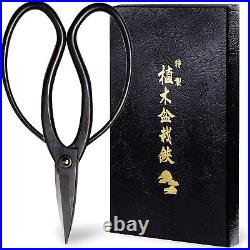

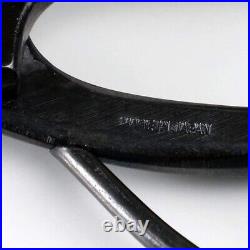
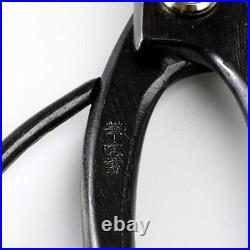
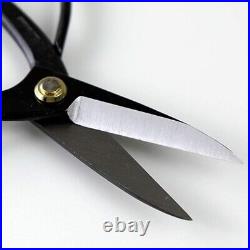
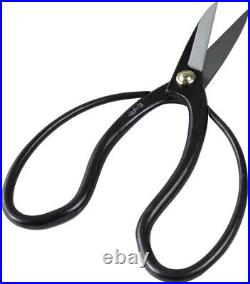

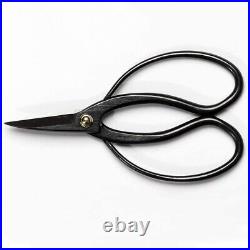
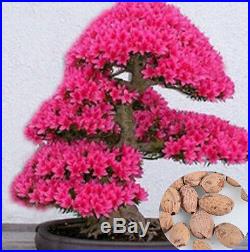
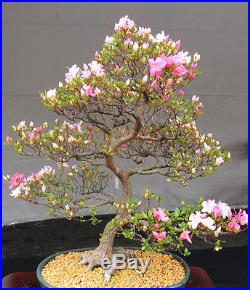
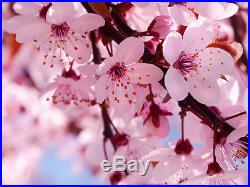
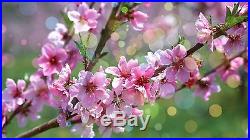
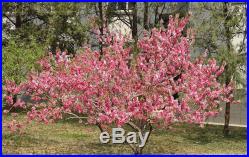

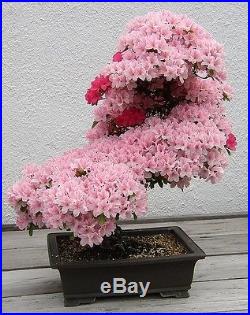
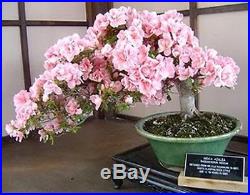
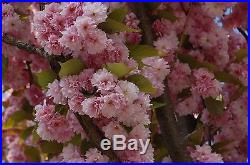
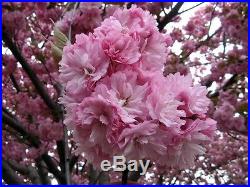
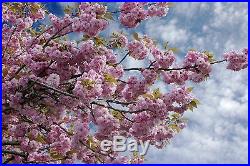
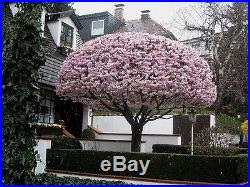
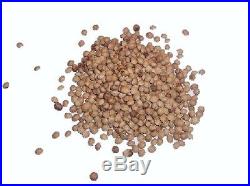
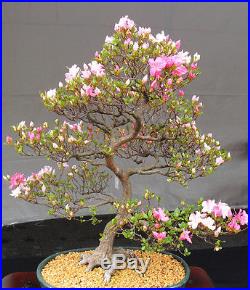
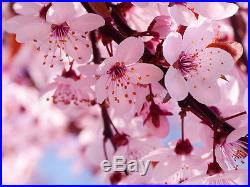










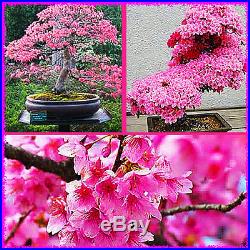
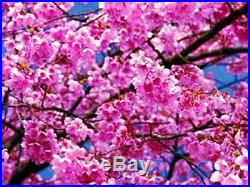
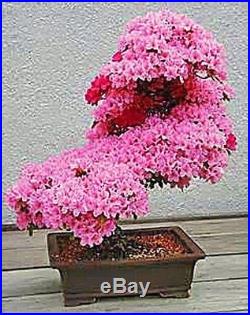
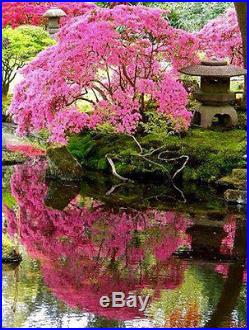
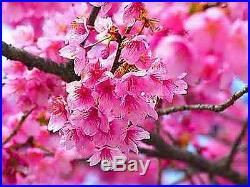
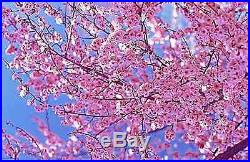

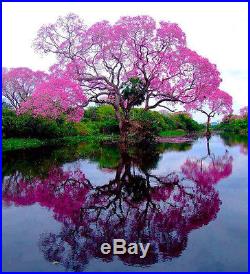
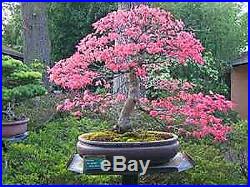

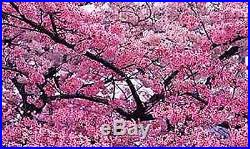
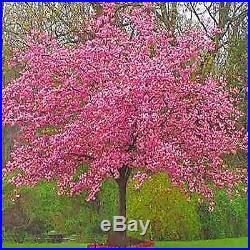
0